The watch case is vital to the look and function of a timepiece. It helps dictate the capacity of the timepiece with regards to a watch’s exposure to the environment. You might be wondering about the different materials available. In this article, we’ll discuss the 4 common case materials used and each of their pros and cons, giving you some knowledge of their characteristics.
There are 4 usual watch case materials, all of them having different strengths and weaknesses based on what they’re made of. We have stainless steel, titanium, tungsten, and ceramics, each of which gives the watches distinctive looks with multiple characteristics unique for them.
Stainless Steel
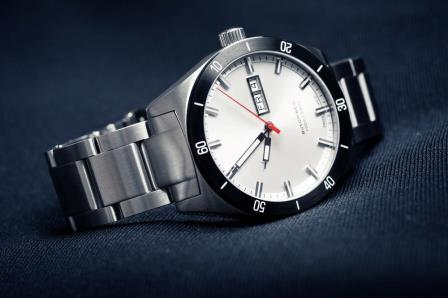
One of the most famous materials since its creation, stainless steel has been used in watches since the 1930s. It offered a more affordable timepiece with the similar allure to gold and silver, both of which were deemed too expensive during the Great Depression.
Stainless steel has become the dominant timepiece case material and continues being the most used in most luxury brand watches. Because of its multiple benefits, it continues to be the most utilized watch case material nowadays.
Pros
- Much more inexpensive compared to other watches made with gold or silver
- Can mimic the look of other popular materials used in watch cases
- Maintenance is easy because of stainless steel’s workability and flexibility
- Very high corrosion resistance making it durable against most environments
Cons
- Stainless steel is heavier than other materials
- Scratches easily compared to others on the list
- Allergen may be present in its raw materials such as nickel
Some of the most famous watch brands using stainless steel include Rolex and Omega. Both of them actually also produce their own stainless steel. Rolex utilizes the 904L, which is a stronger and more rust-resistant type of steel compared to the usual stainless steel. As for Omega, they utilize the 316L, the industry standard for stainless steel of most wristwatches.
Through decades of research and development, they began creating their own patented metals that configure the original composition of steel that aims to accommodate their own products.
Titanium
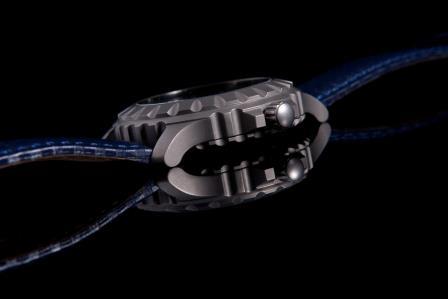
A relatively new material in the watch market, Titanium has entered the industry around the 1970s when Citizen released the first ever titanium watch, the X8 Chronometer. This material excels in a lot of aspects with regards to timepieces compared to other materials such as stainless steel.
It is superior with regards to strength, toughness, and lightness. The strength denotes its capability for resistance against loads before failing. The toughness is its capability against impacts, which is high for the material. It is also very light compared to stainless steel, weighing less than half for the same amount of strength.
Pros
- Extremely high corrosion resistance making it strong against environmental conditions
- Very tough against most external impacts
- Very light compared to most metals including stainless steel
- Hypoallergenic and rarely cause allergic reactions
- Design and look is classy and very elegant
Cons
- Weak hardness makes it easier to scratch than stainless steel
- Much more expensive than watches made from other common materials
- Maintenance is a bit tricky and expensive due to the complexity of the material
Famous brands such as Citizen and Seiko utilize the best of titanium watches. It is also noteworthy that their timepieces that use this material are some of their most popular ones. This emphasizes the beauty and durability of titanium as a viable material for watch cases.
Tungsten
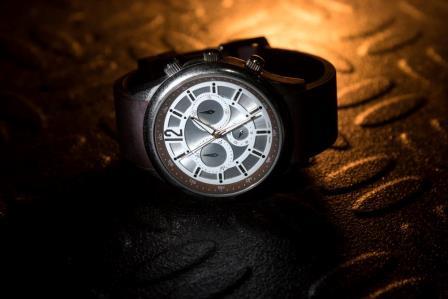
Tungsten is a relatively new addition to the watchmaking industry. It is still being researched as a viable watch material and is just early on with its years. It is a very scratch-resistant material making it good for outdoor trips and has a beautiful design a bit darker than the usual steel.
As mentioned, its most distinctive characteristic is its darker hue of grey. It is also one of the most scratch-resistant materials for watches, behind ceramics. It can be quite heavy as well due to its composition and brittle depending on its composition. It is quite expensive because of its hard to find materials and minimal production, but is a growing contender for case materials.
Pros
- Unique dark grey metallic hue that is beautiful and classy
- Extremely scratch-resistant
- It is a very hard material
Cons
- Expensive due to limited stocks as a new material
- May be brittle, unless completely pure tungsten is used
For now, Lum-Tec is the most popular producer for Tungsten watches, featuring its limited edition M26 watch. This highlights the beauty and potential of tungsten as a timepiece material. Through years of development and research after this initial introduction, Tungsten may soon be a more competitive material in the watch-making industry.
Ceramic
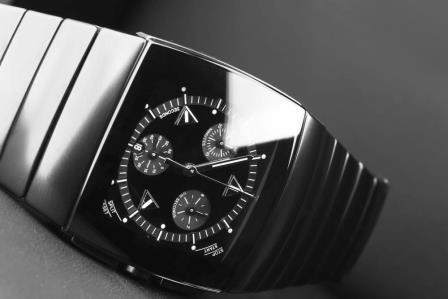
Another new material with regards to the watch-making industry, Ceramic is still in its young stages of research and development. It is quite well-known for its extremely-high scratch-resistance, the highest and strongest in this list.
Ceramic can be manufactured into different colors and is very stylish. The scratch-resistance is extremely high that you won’t need to worry about this. However, due to low ductility, it can be brittle and break under extreme impact. Notably, it is also relatively light, similar to tungsten. It can be quite expensive not for the quality of the materials, but for the complexity of making it.
Pros
- Flexible colors for a stylish design
- Extremely scratch-resistant that lasers are needed to scratch it
- Very light comparable with Tungsten
- As an inert material, it is hypoallergenic and rarely causes allergies
Cons
- A bit expensive due to the purity of materials used to create
- Brittle and can break upon strong impact
Ceramic is a young watch material. It is popularized by Rado, who have been creating quality ceramic timepieces for over 30 years. Now, other brands such as Omega, Hublot, and Chanel are following suit to this material. With its high potential and quality, it is soon to be a mainstream material in watchmaking.
The Importance of Watch Materials
Watch materials are vital to the overall life of a timepiece. It dictates the capacity of a watch on whether it can be brought to environments with strong differences in temperature or to places that are bumpy and may induce scratches on the watch.
Each of these materials has their advantages over the other, but also has disadvantages as well. In choosing a fitting timepiece, it is important to also look at what the watch is made out of to support your lifestyle and your preferences in your timepiece’s features.
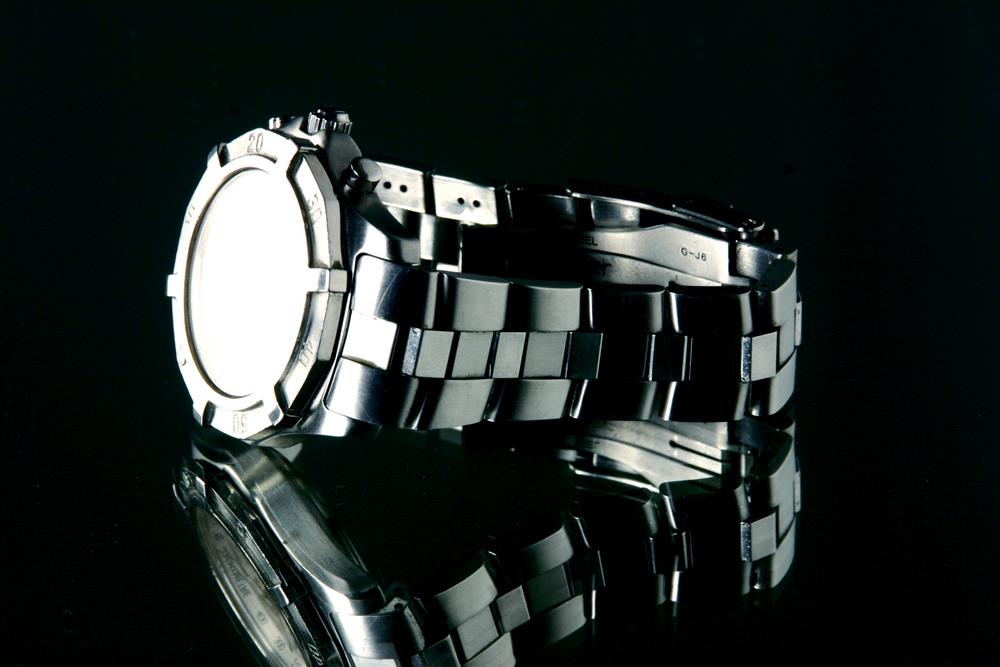
Leave a Reply